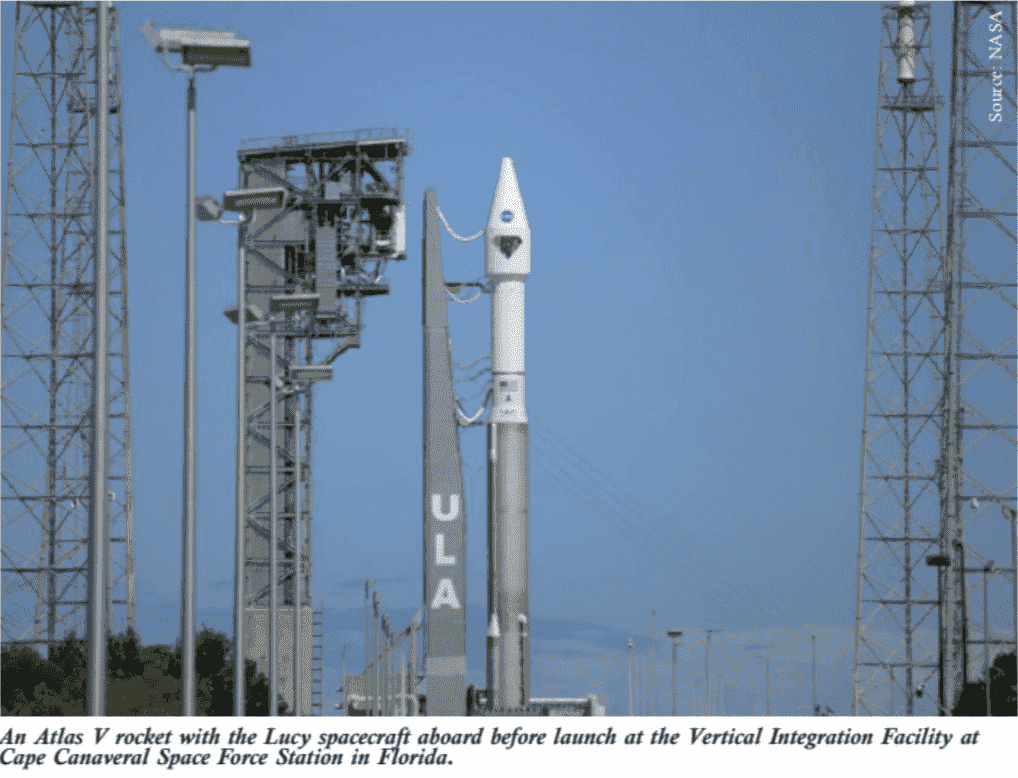
On October 16, 2021, NASA launched Lucy, a 12-year mission to explore Jupiter’s Trojan asteroids. The mission aims at providing new insights into planetary origins and the solar system’s formation. According to NASA, this mission will be the first space mission to study the Trojans. Named after an ancient fossil of a pre-human ancestor that is roughly 3.2 million years old, Lucy will become the first solar-powered spacecraft to travel to the outer solar system. It will also observe more asteroids than any probe before it - eight in total. In its 12-year voyage, Lucy will travel to eight different asteroids, including a Main Belt asteroid and seven Trojan asteroids. Lucy’s complex journey will take the mission to both Trojan clusters, giving the first close-up picture of all three major body types in the swarms. According to Nasa, no other space mission has ever gone to as many distinct destinations in different orbits around the sun. Lucy will demonstrate the variety of primordial bodies that formed the planets. Lucy will fly within 400 kilometres of its target asteroids to explore their geology, including their composition, mass, density, and volume by using its onboard equipment and big antenna. It will rely on two solar arrays, each measuring more than 7 meters across, to fulfil its duty. However, only one of the arrays appeared to have correctly latched when the spaceship deployed them following the launch on October 16. Since then, the mission crew has been assessing the second solar array while also completing the unconnected duties Lucy must complete at this stage in its voyage. NASA officials stressed in a statement released Tuesday, October 19, that the spacecraft can continue to operate with the solar arrays deployed as they are, and that the glitch isn’t the end of Lucy’s mission.
The Atlas V rocket responsible for setting the probe in motion took off at 09:34 GMT on Saturday, October 16 from Cape Canaveral. Lucy will fly by the Earth three times for gravity assists, making it the first spacecraft to return to Earth’s vicinity from the outer solar system. Lucy’s first encounter with an asteroid will be in 2025. It will encounter asteroid Donaldjohanson, named after the discoverer of the Lucy fossil, in the Main Belt, between Mars and Jupiter. Between 2027 and 2033, it will encounter seven Trojan asteroids - five in the swarm that leads Jupiter, and two in the swarm that trails the planet. Four of the seven Trojans are paired up, allowing Lucy to see two asteroids at the same time on each of its visits.
10 Jan 2022
Yashvi Shah